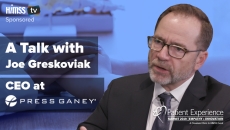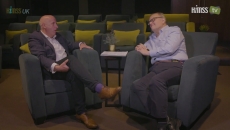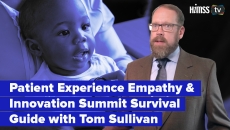innovation
Press Ganey CEO Joe Greskoviak says that technology should only play a supporting role in healthcare innovation; true innovation is how information is brought in, distilled to key drivers of performance and then acted upon to improve healthcare.
Ben Bridgewater, CEO of Health Innovation Manchester, says don’t just digitize existing products; provide new services to care for your people.
Bruce Leong, director of technology and strategy at Mount Alvernia Hospital in Singapore, discusses the ground-up approach to innovation and collaboration at his ever-evolving organization.
Longwall Venture Partners, IQ Capital and Martlet participated in the round.
Digital health enthusiast and NOSTALAB President John Nosta weighs in on the evolution of health innovation and where we're going and what it will take to get there.
The trial was initially launched at the Salford Royal NHS Foundation Trust last year.
The goal is to help SMEs evaluate innovations in real-world clinical settings.
With the theme of Empathy + Innovation, the 10th annual event, running May 13-15, will look at how health systems and clinicians are using digital health tools to improve their interaction with and care of patients.
Jen Horonjeff, founder and CEO of Savvy Cooperative, talks about connecting innovators directly with patients to design effective products.
At an event earlier this month, NHS Director of Digital Development Sam Shah laid out several barriers to innovation the system faces.





